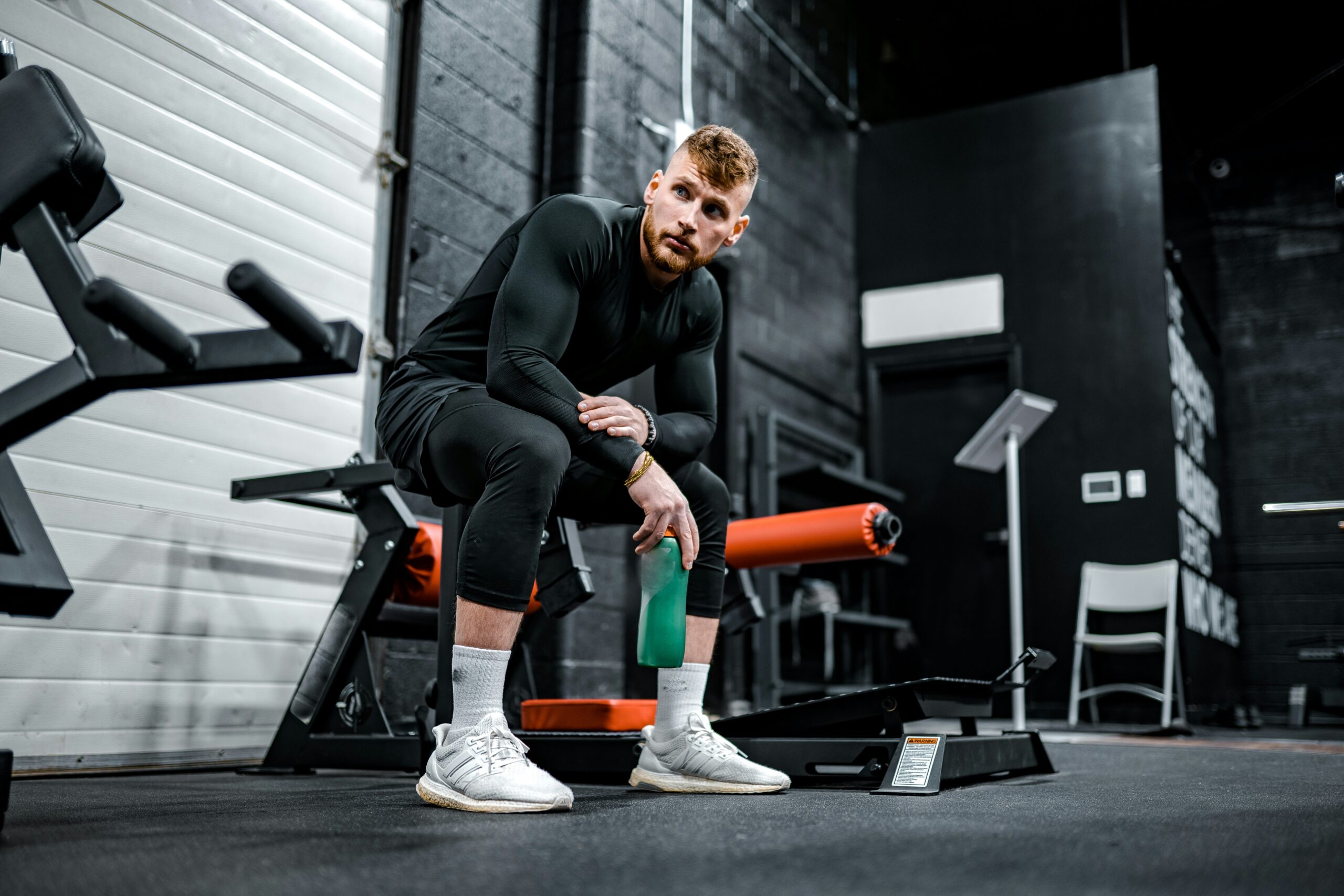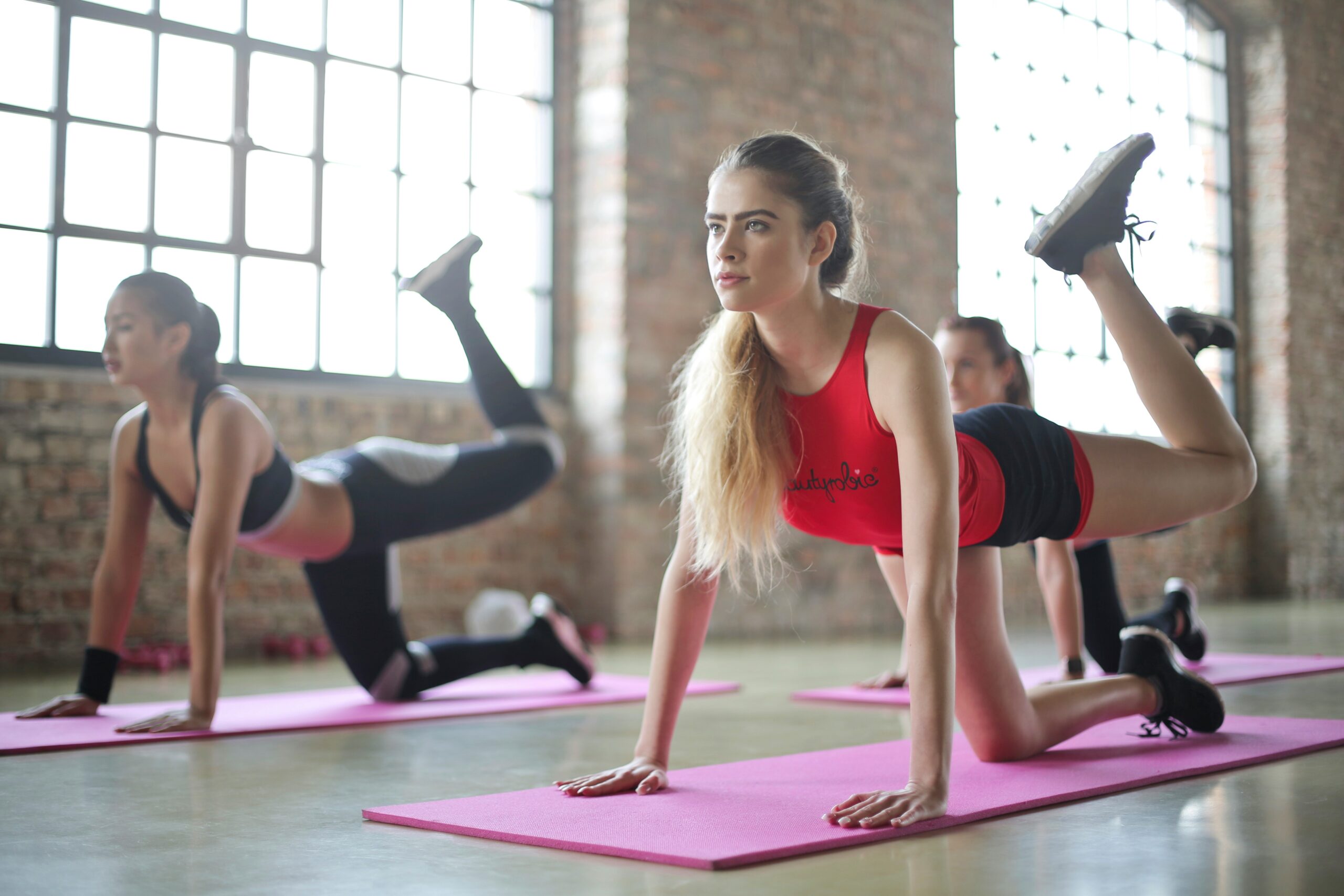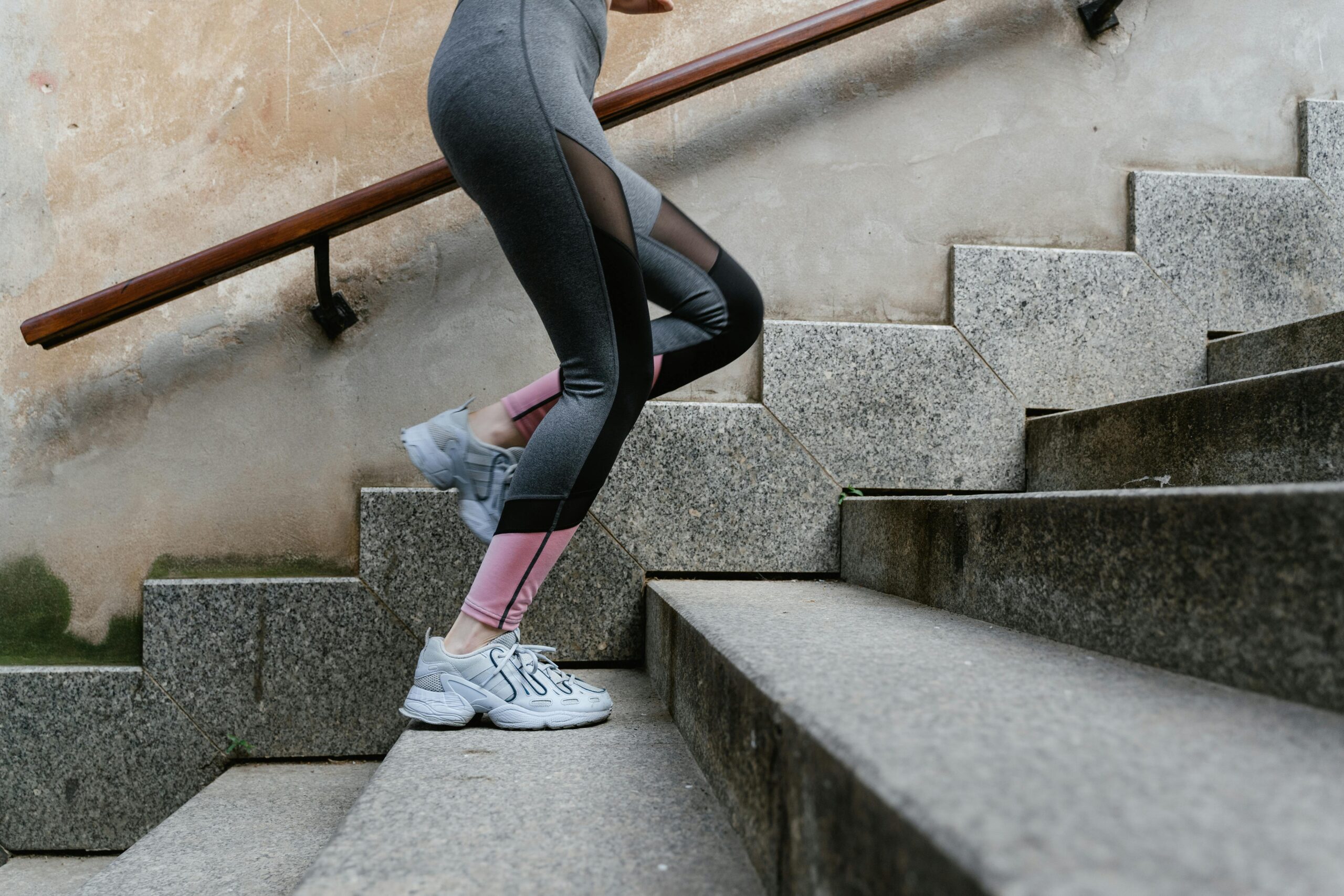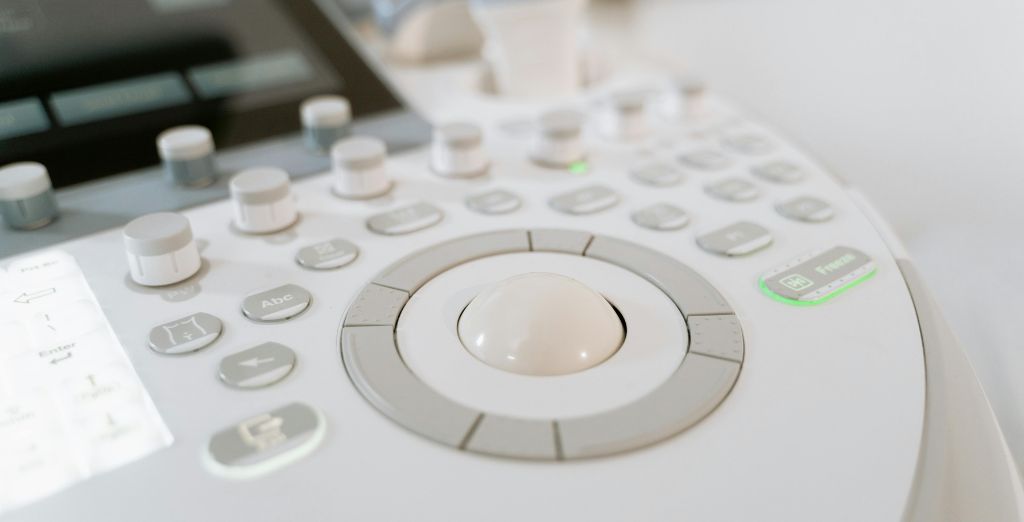Many people who are new to strength training may wonder if their lifting in running shoes can also work for lifting weights. After all, they seem comfortable and supportive, so why wouldn’t they be suitable for a gym workout? While it’s common to see people lifting in lifting in running shoes, fitness experts often recommend using shoes specifically designed for weightlifting. lifting in running shoes are engineered to support forward motion and absorb impact, making them ideal for activities like jogging or sprinting. However, the needs for lifting weights are different, involving stability, balance, and proper support, which running shoes may not provide. Understanding why lifting in running shoes can be problematic can help you make informed decisions to improve your performance and safety in the gym.
Why Running Shoes Aren’t Ideal for Lifting Weights
Lifting in running shoes are built to cushion and support the foot during continuous forward movement, with features like shock absorption and elevated heels. These qualities help reduce impact on the joints when running, but they don’t translate well to lifting weights. When you lift, especially heavy weights, stability is crucial. Running shoes, with their soft, cushioned soles, can make it harder to stay grounded and stable during exercises like squats or deadlifts. A lack of stability can increase your risk of injury, particularly for the knees and lower back, as the foot may wobble under weight. Additionally, the elevated heel of lifting in running shoes can shift your posture, causing an imbalance that affects your form and technique in lifts.
The Risks of Lifting in Running Shoes
Lifting in running shoes can come with specific risks due to the lack of proper support and stability. One of the main issues is that the soft, cushioned sole of lifting in running shoes can compress under heavy weights, reducing your ability to stay balanced. This can lead to improper lifting form, which not only reduces the effectiveness of the exercise but also increases the risk of injury. For instance, during a squat, the compression of the sole may push you off-balance, causing strain on your knees and ankles. Additionally, the elevated heel of most running shoes can interfere with your natural range of motion, making it harder to achieve proper depth in squats or lunges.
Using lifting in running shoes for lifting may also lead to poor posture alignment. When lifting heavy weights, maintaining a solid, grounded stance is essential for generating power and avoiding muscle strain. lifting in running shoes do not provide the flat, solid base needed for heavy lifts, making it challenging to keep your body in the right position. This can result in additional stress on your lower back, leading to discomfort or even injury over time.
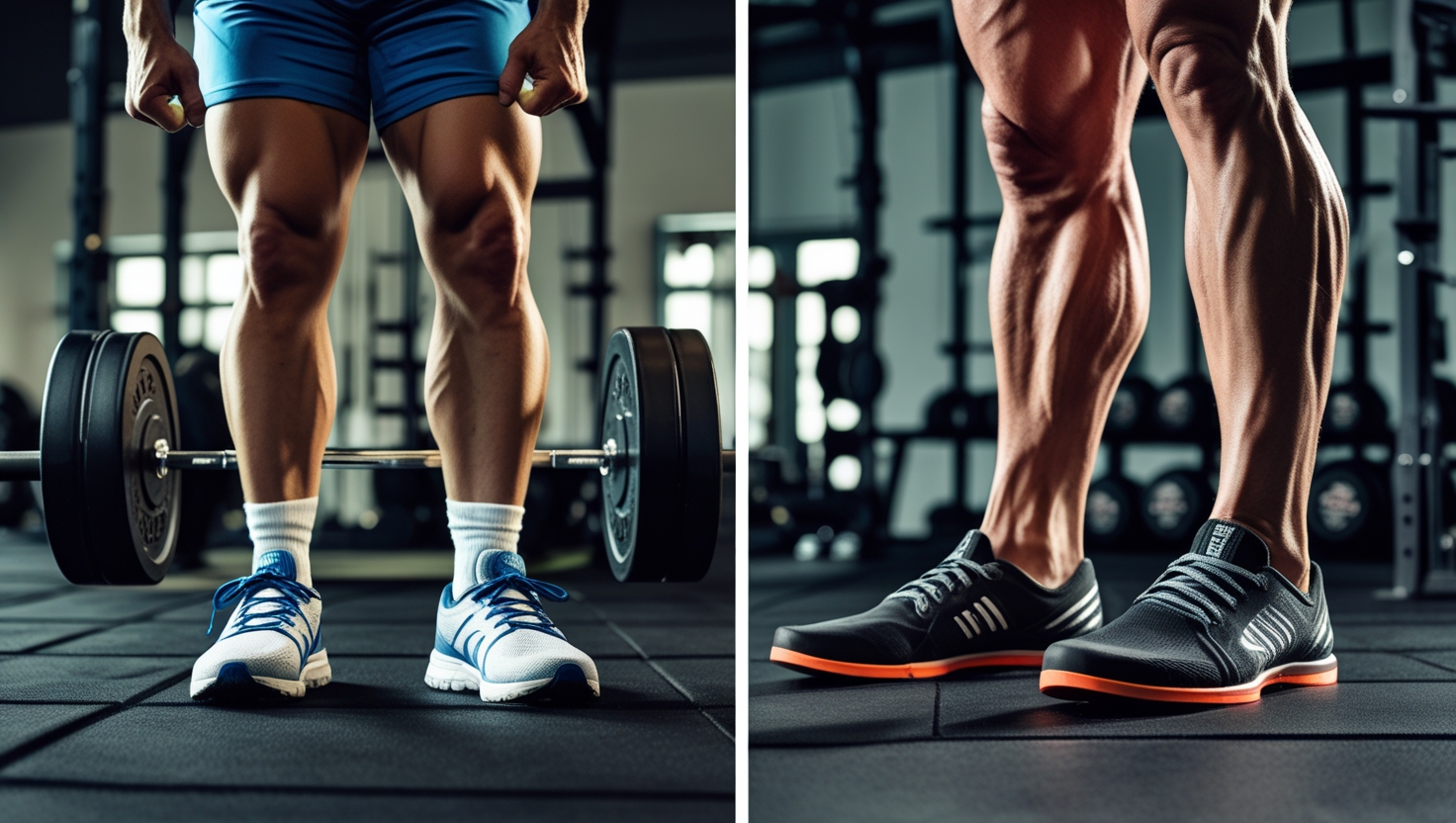
How Running Shoes Affect Your Performance in Lifting
Lifting in running shoes a stable, strong base to help you generate maximum power. Running shoes, however, are designed for movement, not stability. When lifting in running shoes, the soft sole can limit the amount of force you can apply to the ground. For example, if you’re performing deadlifts, a stable, flat surface allows you to push through your heels and lift with proper form. Lifting in running shoes can hinder this force, as they may absorb some of the energy meant for your lift, decreasing your overall performance.
The structure of lifting in running shoes can also limit flexibility and movement. The elevated heel can alter your posture during lifts, causing you to compensate by adjusting your form, which may lead to ineffective or even dangerous movements. Proper lifting form is essential to build strength safely and effectively, and using the right footwear plays a significant role in this.
What Types of Shoes Are Best for Lifting?
If you’re serious about weightlifting, it’s worth investing in shoes specifically designed for this activity. Weightlifting shoes are built to provide a flat, firm, and supportive base that helps you stay stable and balanced during lifts. These shoes often have a raised heel, but unlike running shoes, they offer solid heel support that keeps your feet stable without compressing. This allows for better posture, balance, and mobility, which is particularly useful for exercises like squats and overhead presses. The design of weightlifting shoes allows you to push through your feet with more power, maximizing your lifting potential.
Minimalist or barefoot-style shoes are another good option for lifting. These shoes have a flat, thin sole that provides a stable base without added cushioning, allowing you to feel grounded and connected to the floor. Minimalist shoes can help improve your lifting technique by encouraging proper foot engagement and posture alignment. They’re often more versatile than weightlifting shoes, making them a good option if you perform a mix of activities in your workout.
For people who prefer cross-training, cross-trainers can be a suitable alternative. These shoes are designed for a range of activities and offer more support and stability than running shoes while still being flexible enough for other gym exercises. However, they may not provide the same level of stability as dedicated weightlifting shoes, so if lifting is your primary focus, weightlifting shoes or minimalist shoes are the better choice.
Key Benefits of Using Proper Footwear for Lifting
The right footwear can make a noticeable difference in your lifting performance and comfort. With proper lifting shoes, you gain a stable, flat base that enhances your ability to lift heavier weights safely. This stability helps you maintain better form, which is essential for both safety and progress in strength training. Weightlifting shoes, for example, have a solid heel that doesn’t compress under weight, so you can push through your heels with confidence during squats and deadlifts.
Using proper lifting footwear can also reduce your risk of injury. A stable shoe minimizes the chances of rolling an ankle or losing your balance during heavy lifts. It encourages a natural, grounded stance that supports proper posture and alignment, reducing unnecessary stress on your joints and muscles. With better alignment, you can focus more on building strength and less on worrying about balance or potential injuries.
Additionally, having the right shoes can help you build consistency in your workouts. Knowing that you have the appropriate gear allows you to focus on your lifts, helping you make progress and achieve better results over time. Proper lifting shoes provide a level of security and stability that enables you to push your limits safely.
Tips for Transitioning from Running Shoes to Lifting Shoes
Switching from running shoes to lifting shoes can be a beneficial move for anyone focused on strength training. Start by choosing a shoe that aligns with your goals. If you lift primarily heavy weights, consider weightlifting shoes for optimal stability. If you mix cardio with lifting, a cross-trainer or minimalist shoe may be more versatile.
As you transition, give yourself time to adjust. Lifting shoes feel different from running shoes, especially because of the flat, firm base. You may feel more grounded, which can take some getting used to. Practice lighter lifts to adapt to the new feeling, paying attention to your stance and balance. Once you’re comfortable, you can gradually increase your weights and intensity.

How Lifting Shoes Can Improve Your Confidence and Focus in the Gym
Using the right footwear for lifting doesn’t just improve physical stability; it also boosts mental focus and confidence during workouts. When you’re lifting in shoes that provide stability and support, you’re less likely to worry about losing balance or misaligning your posture. This allows you to concentrate fully on your form, breathing, and technique, helping you lift more effectively and safely. With proper lifting shoes, you can approach each set with confidence, knowing your feet are grounded and supported.
Feeling stable also helps you push yourself with heavier weights, knowing that your shoes are designed to handle the load. This mental assurance can play a big role in breaking through plateaus and achieving personal records in the gym. Lifting shoes are an investment in both performance and safety, which can lead to a more focused, motivated workout experience.
The Long-Term Benefits of Using the Right Shoes for Weightlifting
Switching to proper lifting shoes may seem like a small adjustment, but it can bring significant long-term benefits for your health and performance. Over time, lifting with the wrong footwear, like running shoes, can cause strain on joints and muscles due to instability and misalignment. Using shoes specifically designed for lifting reduces this strain by providing the correct support, keeping your feet, ankles, and knees aligned with each lift. This helps prevent injuries that could otherwise slow down your progress.
Proper lifting in running shoes also enhance the quality of your workouts by encouraging correct posture and form. When your body is aligned, you’re more likely to work the targeted muscles effectively, which helps you build strength faster and more efficiently. As you progress in strength training, having the right shoes can support your growth and ensure you’re lifting safely. In the long run, the right footwear not only supports performance but also promotes overall physical well-being by protecting your body during heavy lifts.
How to Choose the Right Lifting Shoes for Your Needs
When selecting lifting shoes, consider your specific goals and workout routine. If you’re focused mainly on strength training and heavy lifting, dedicated weightlifting shoes with a raised heel and solid base are ideal. They offer maximum stability and support for exercises like squats, deadlifts, and overhead presses. The solid, flat sole keeps you grounded, while the slightly raised heel enhances mobility in the ankle, allowing for deeper, more stable squats.
If your workout routine includes a mix of cardio and strength exercises, you might prefer a more versatile shoe like cross-trainers or minimalist shoes. Cross-trainers offer a balanced design suitable for both lifting and cardio exercises. They provide more stability than lifting in running shoes but also offer flexibility for other movements. Minimalist shoes, on the other hand, offer a flat sole and allow for natural foot movement, providing a close-to-ground feel that’s excellent for lifting.
When trying on lifting in running shoes, make sure they fit snugly to prevent any shifting inside the shoe while lifting. A well-fitted shoe will keep your foot secure, enhancing stability and comfort. If possible, test the shoes with a few light lifts to ensure they meet your comfort and support needs. The right lifting shoe should feel stable, supportive, and help you stay confident during your workouts.
Conclusion
Lifting in running shoes may feel convenient, but it can limit your performance and increase the risk of injury. Running shoes are designed for forward motion and cushioning, which doesn’t translate well to the stability and support needed for weightlifting. Switching to properlifting in running shoes can provide a strong, grounded base that helps improve your form, stability, and overall confidence in the gym. With the right footwear, you’ll be able to lift more effectively, focus better, and reduce the strain on your joints and muscles.
Whether you choose dedicated weightlifting shoes, minimalist shoes, or cross-trainers, having the right footwear is a valuable investment in your fitness journey. Proper shoes enhance your workouts, protect your body, and allow you to reach your lifting goals safely. Make the switch to lifting in running shoes and experience the difference they can make in your strength training progress.
FAQs
1. Can I lift weights in running shoes occasionally?
- It’s okay to lift in running shoes occasionally, especially if you’re lifting light weights or doing high-rep, low-weight exercises. However, for heavy lifting, it’s best to use shoes that provide better stability and support.
2. What should I look for in a good lifting shoe?
A good lifting shoe should have a flat, firm sole, solid heel support, and a snug fit to keep your foot stable. Minimal cushion is ideal to ensure stability and prevent compression under weight.
3. Are cross-training shoes a good alternative to lifting shoes?
Yes, cross-training shoes are a versatile option if you perform both cardio and strength training. They offer more stability than running shoes but may not provide the same level of support as dedicated lifting shoes.

